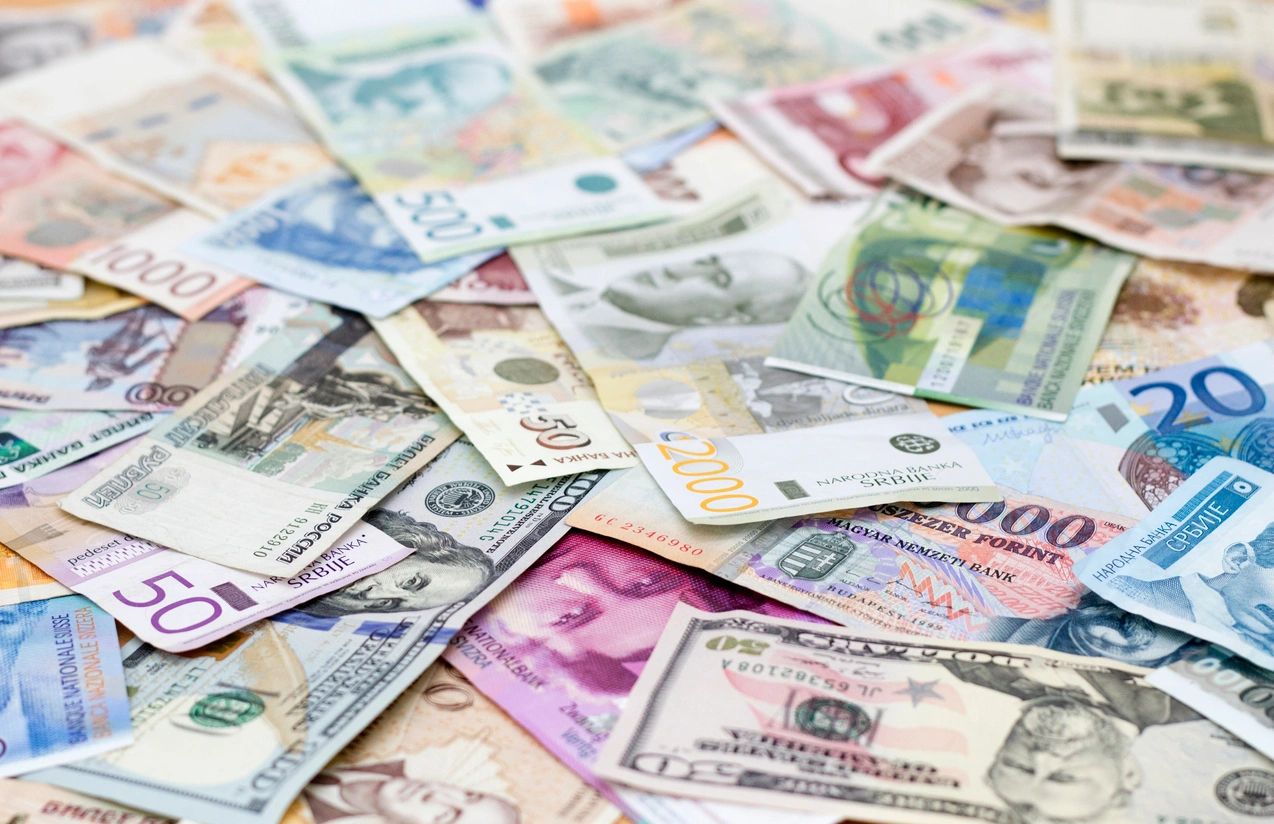A Short History of Money
The history of money is a long and complicated one that can be traced back to the early days of human civilization. One of the earliest forms of money was barter, which is the exchange of goods or services for other goods or services. This system was likely used by our ancient ancestors as a way to trade goods and services without having to carry around physical objects like rocks or pieces of wood.
Money isn’t new.
Over time, people began using metals as a form of money. The first metal coins were made from gold and silver, and later copper and bronze. These coins were more convenient than bartering because they could be easily carried around and divided into smaller units. Metal coins also lasted longer than other commodities like food or livestock, which made them more reliable as a form of payment.
Eventually, paper money was introduced as a way to make transactions even easier. Paper money is simply a piece of paper that represents a certain amount of currency. It can be exchanged for goods or services just like metal coins. Paper money is used in two different ways: as fiat currency and as debt. Fiat currency is paper money that is not backed by any physical commodity, such as gold or silver. It derives its value from the government that issues it. Debt-based paper money is created when a government or bank loans money into existence and uses the paper to represent the debt. It can be used to purchase goods and services but must eventually be repaid with interest. Interestingly, the first paper money was used in China over 1,000 years ago!
The use of paper money began in China during the Tang Dynasty (618-907 CE). At first, it was used only for large transactions between businesses, but eventually became more widely accepted and replaced coins as the primary form of currency. Paper money was also used in Medieval Europe, although not to the same extent as in China. The first European paper bank notes were introduced in Sweden in 1661 CE, followed by England in 1694 CE and France in 1716 CE. The United States began using fiat currency during the American Revolution (1775-1783 CE), when it issued Continental Dollars to finance its war effort against Great Britain. These notes were not backed by any physical commodity and quickly became worthless after the war ended due to runaway inflation.
Clearly, the use of paper money has several advantages over using gold or silver coins. First, it is much easier to transport and store large amounts of paper money than it is to transport and store the same value in gold or silver coins. Second, paper money can be easily divided into smaller denominations which makes it more convenient for small transactions. Third, the supply of paper money can be increased or decreased as needed which gives governments more control over their economy. Finally, because paper money is not backed by any physical commodity, its value can fluctuate based on economic conditions.
Despite these advantages, there are also several disadvantages to using paper money. One of the most significant disadvantages is that it can lose its value if too much is printed. This often leads to inflation, where prices increase but wages do not keep up. Another disadvantage is that debt -based systems of fractional reserve banking can lead to financial crises like the one that occurred in 2008 CE.
In 1871 CE, Germany became the first country to adopt a nationwide system of debt-based paper currency known as fractional reserve banking. Under this system, banks are allowed to loan out more money than they have on deposit (the reserve) because they know that only a small percentage of their customers will withdraw all their deposits at any given time (the fraction). This practice allows banks to create new money whenever they make a loan, which results in ever-increasing levels of debt. Today, almost all countries use some form of fractional reserve banking which has resulted in an exponential increase in global debt levels over time.
How has money changed in the modern era?
Nowadays, we use a variety of different methods to pay for things. We can use cash, credit cards, debit cards, and even digital currencies like Bitcoin. Each of these payment methods has its own advantages and disadvantages. For example, cash is very convenient, but it can be lost or stolen. Credit cards are easy to use but they can lead to debt if not used carefully.
The most familiar money we use day to day is in the form of fiat currency. Fiat currency is a government-issued money that is backed by the full faith and credit of the issuing government. Fiat currencies have been used for centuries, but in recent years there has been a move towards more decentralized and digital forms of currency.
Digital currency will likely have a future in the business world, but it may be constrained by issues related to price volatility and adoption.
Cryptocurrencies are digital or virtual tokens that use cryptography for security. They are decentralized, meaning they are not subject to government or financial institution control. Bitcoin, the first and most well-known cryptocurrency, was created in 2009. Ethereum is a decentralized platform that runs smart contracts: applications that run exactly as programmed without any possibility of fraud or third-party interference. Ethereum is used to build a variety of decentralized applications (DApps) across a wide range of industries, including finance, healthcare, insurance, and more. Ripple is a real-time gross settlement system (RTGS), currency exchange and remittance network created by Ripple Labs Inc., a US-based technology company. Ripple is built upon a distributed open-source protocol and supports tokens representing fiat currency, cryptocurrency, commodities, or other units of value such as frequent flier miles or mobile minutes. Cryptocurrencies are often traded on decentralized exchanges and can also be used to purchase goods or services.
Cryptocurrencies have seen wide swings in value over the past year. Bitcoin, for example, was worth around $63,558 per coin at its peak in April 2021 but has fallen to around $19,000 today in September 2022. Despite this volatility, some businesses have started accepting cryptocurrencies as payment. In February 2019, Facebook announced plans to launch a cryptocurrency called Libra that would be backed by major corporations such as Visa and Mastercard. This shortly fell through after much government scrutiny.
There are several advantages associated with cryptocurrencies from a business perspective. First, they can be used to make cross-border payments quickly and cheaply. Second, they offer increased security compared to traditional methods like wire transfers because they are not subject to central bank regulation or other intermediaries like payment processors. Finally, they provide businesses with a way to hedge against inflationary fiat currencies like the US dollar.
However, cryptocurrencies also have several disadvantages. First, their value is highly volatile, which makes them unsuitable for use in everyday transactions. Second, they are not widely accepted as payment methods, meaning businesses may struggle to find customers willing to pay with them. Finally, they are often associated with illegal activities such as money laundering and fraud due to their anonymous nature.
Overall, it is clear that cryptocurrencies have the potential to revolutionize the way businesses make and receive payments. However, their adoption will likely be limited by issues related to price volatility and acceptance. Digital currency will likely be the most disruptive technology of this decade, and I’m excited to be a part of it.
As someone with a background in economics, I’ve been interested in digital currencies for many years. I first became aware of Bitcoin in 2011, and I was immediately fascinated by the potential of this new technology and I’m excited to see what the future holds for digital currencies.




